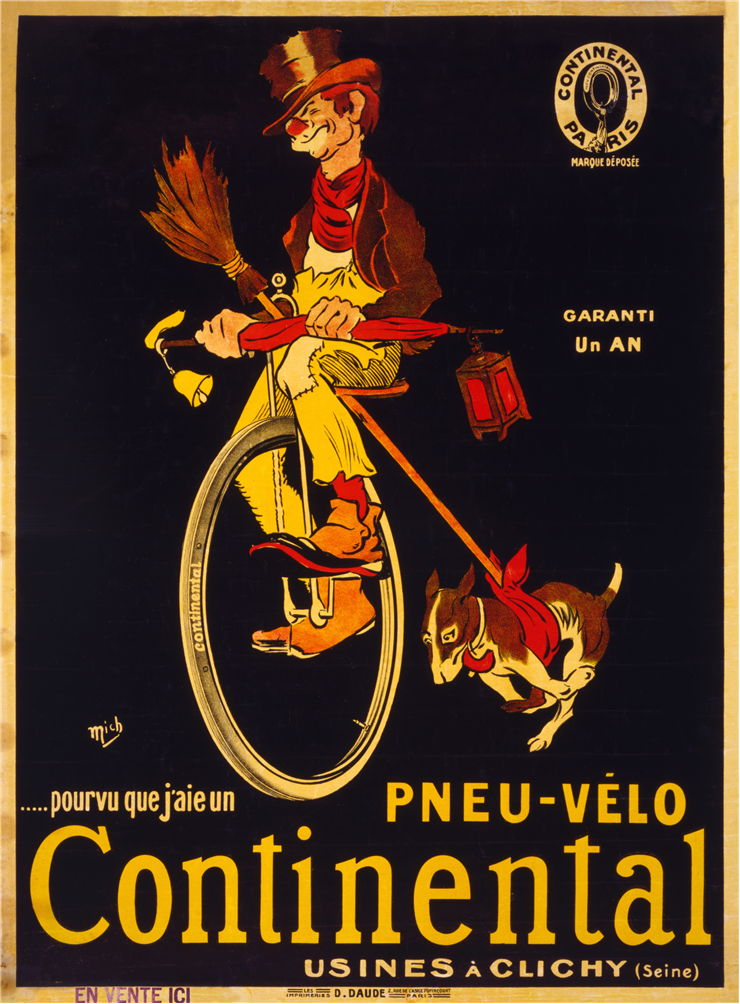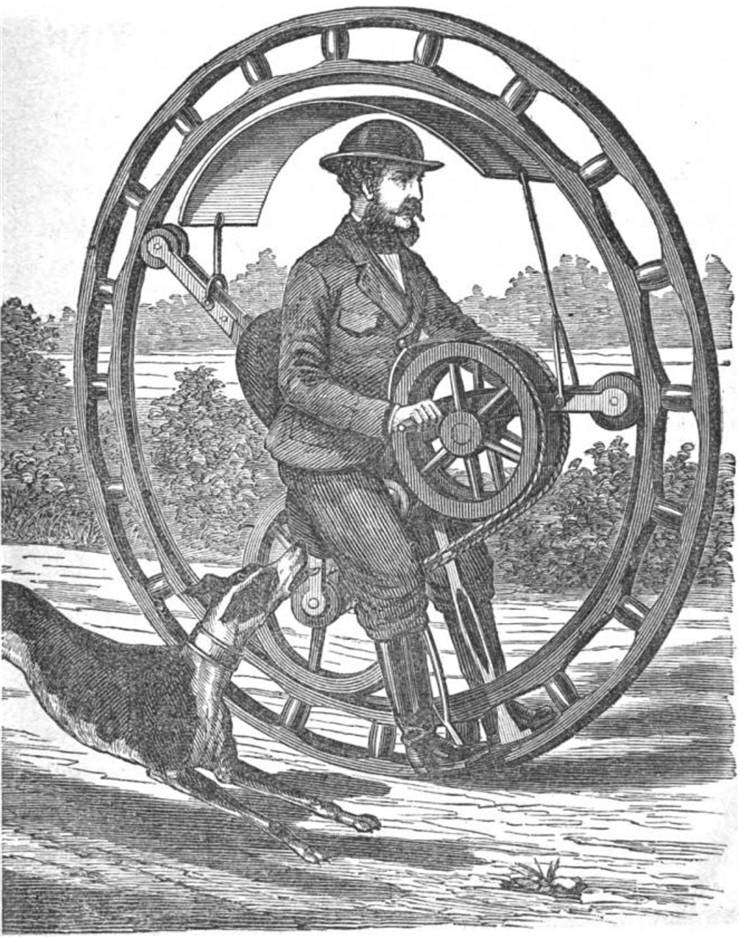History of the Unicycle
It is not entirely known when where or when unicycle originated, but many historians agree that this very interesting type of transportation vehicle was created sometimes after creation of first penny-farthing bicycles that were introduced to the public by Eugène Meyer of Paris in 1870s and 1880s. Penny-farthing consisted from massive front wheel with pedals at the middle of it, handlebars that moved directly up towards the seat and supporting frame that reached back and hosted much smaller stabilization wheel. The drivers of such bicycle had added benefit of easier traversal through more uneven terrains, faster speeds and less shakes than the famous “boneshaker” wooden bicycle that was popularized by Michaux Company in 1860s (even though both bicycles were created first completely from wood and later from metal), but the biggest disadvantage of penny-farthing was its tendency to be unstable and hurt driver after a fall. Some drivers quickly noticed that they could drive penny-farthing without the help of the smaller back wheel. They could sit on the seat that was supported by handles coming out from the main wheel axle, control the main wheel using the pedals, and maintain their balance perfectly using only the main wheel.
Quickly after appearance of first one-wheeled bicycles, pictures and descriptions of first unicycles started to appear across England and Western Europe, depicting designs that very much looked as penny-farthing bicycles without the back wheel. In following years, many other models started being made with changes that impacted new build materials, better type of tires (pneumatic tires were invented later), and many more components of the unicycle. Components that are part of every unicycle are the wheel (which can be made in many sizes), cranks, pedals, fork-style frame, seatpost and saddle.
Over the last 100 years many types of unicycles were made. Here are the most common ones:
- Freestyle unicycles – Unicycle whose design is optimized for drivers who like to preform tricks and freestyle routines. Their wheel is small and seat is placed high.
- Trial unicycles – Designed for trial competition, and are able to withstand large stresses of jumping and dropping.
- Mountain unicycles – Unicycles designed to be drivable in rough terrains. Their tires are wider and able to pass over obstacles such as rocks, roots, and uneven grass.
- Touring unicycles – Unicycles for long distance travels. They have larger diameter wheel so that user could more easily cover larger distance, they can also be geared.
- Giraffe – Unicycle in which driver sits on the end of a very long shaft with drive chain connecting his pedals and the wheel.
- Geared unicycle – Unicycles that have more than one gear, or pre-set gear that rotates the wheel faster than the rotation of the pedals.
- Multi-wheeled unicycle – Unicycle which holds array of wheels, and driver control the rotation of only the closest wheel.
- Kangaroo unicycle – Unicycle whose cranks are both facing the same direction. This creates funny motions of the entire device, making user jump like kangaroo while driving and maintaining balance.
- Ultimate wheel – Unicycle that has only wheels and pedals, and not seat or frame.
- Impossible wheel – Unicycle which removes everything, including pedals. Users stand on pegs or metal plates that are connected to the wheel axle.
- Self-balancing unicycle – Unicycles that have computers and small motors that can keep user in balance no matter what he is doing.

